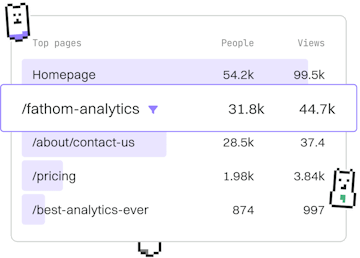File I/O
Zig File Paths
Handling File Paths
Zig file paths use std.fs.path for cross-platform handling.
Introduction to Zig File Paths
Zig provides a robust standard library for handling file paths through std.fs.path. This module ensures that file paths are managed in a cross-platform manner, allowing developers to write code that works seamlessly across different operating systems.
Basic Path Handling
In Zig, file paths are manipulated using functions provided by std.fs.path. These functions help in constructing, deconstructing, and validating file paths. The following example demonstrates how to join multiple path segments into a single path string:
Cross-Platform Path Separators
One of the key advantages of using std.fs.path is its ability to handle different path separators used by various operating systems. For example, Windows uses a backslash (\) while UNIX-like systems use a forward slash (/). Zig abstracts these differences, allowing developers to focus on the logic rather than the underlying platform specifics.
Path Normalization
Path normalization is the process of converting a path into a standard format. This involves resolving .. and . segments and converting unnecessary separators. Zig provides a straightforward way to normalize paths, ensuring they are in a consistent format:
Conclusion
Zig's std.fs.path module offers powerful utilities for handling file paths in a cross-platform manner. By leveraging these functions, developers can write more robust and portable applications. In the next post, we will delve into file deletion, further exploring Zig's file I/O capabilities.
File I/O
- File Reading
- File Writing
- File Paths
- File Deletion
- Previous
- File Writing
- Next
- File Deletion
